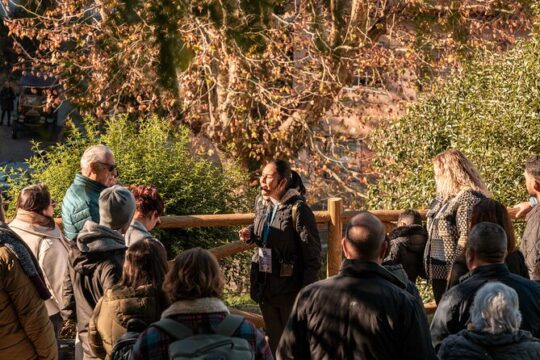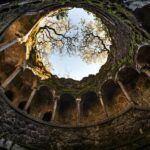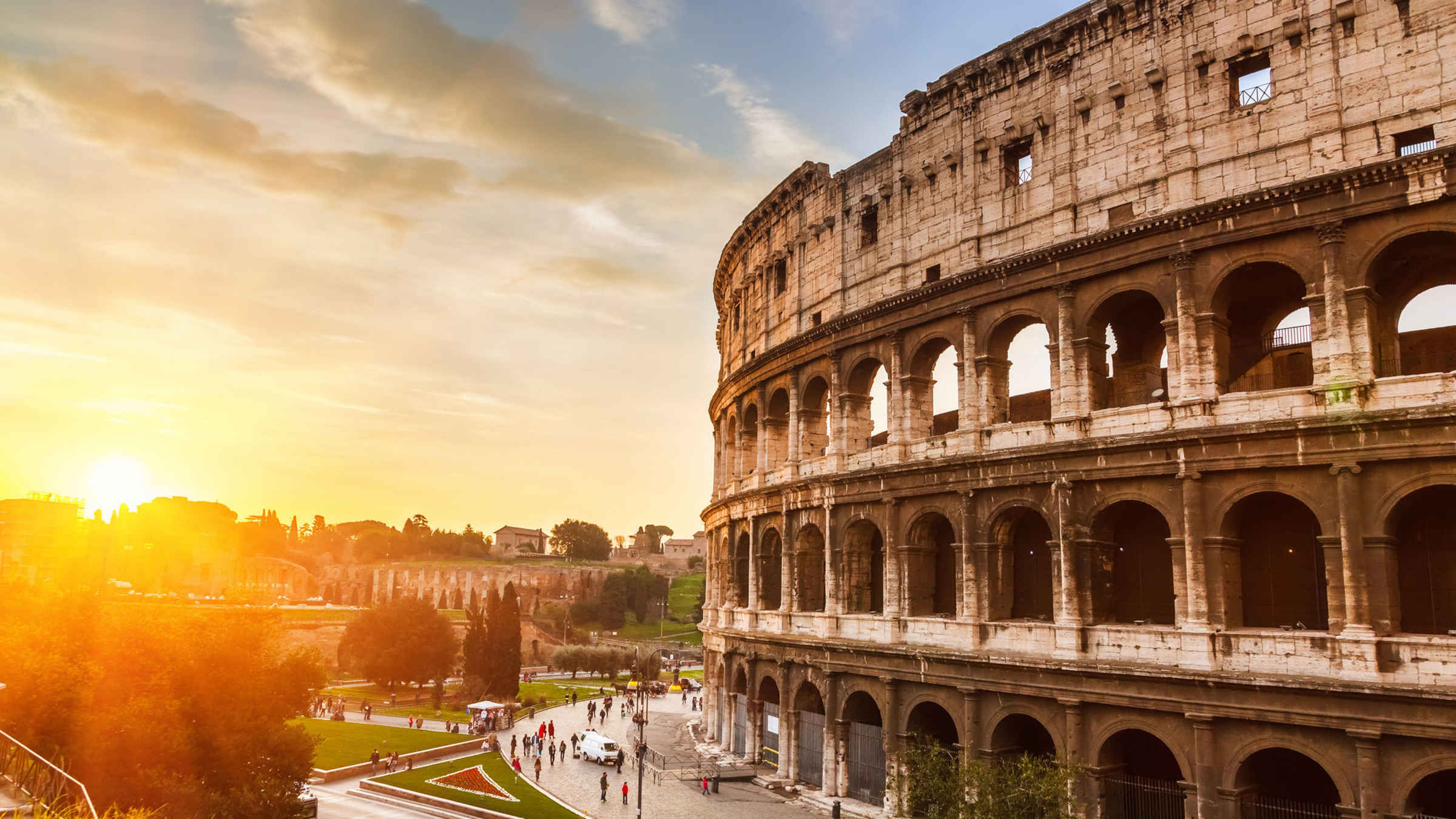Private Tour Fado - Dining Included
Overview
We start our Fado Tour for a stroll in Lisbon in the evening, visiting the most emblematic monuments of our city, the Torre de Belém, the Gardens of the Monastery of the Jeronimos, the Terreiro do Paço, with a visit to various points of view where you can enjoy the city and the river Tagus.
Then we will dine at the typical Alfama restaurant with a professional Fado show.
Fado is the result of a historical and cultural fusion that occurred in Lisbon in the second half of the nineteenth century is a song that does not need a language because the sensation is the voice of those who sing along with the Portuguese Guitar. The Fado was elevated to the category of Cultural and Intangible Heritage of Humanity by UNESCO.
It is typically Portuguese and sung all over the world, but only feels in Portuguese.
What's Included
- Dinner
- Bottled water
- Private transportation
- WiFi on board
- Air-conditioned vehicle
Meeting and Pickup
We also pick up our guests at their accommodation, train station, and any other destinations on agreement.
What To Expect
Mosteiro dos Jeronimos (Pass By)
Torre de Belem (Pass By)
Padrao dos Descobrimentos (Pass By)
MAAT - Museum of Art, Architecture and Technology (Pass By)
Parque Eduardo VII (Pass By)
Praca dos Restauradores (Pass By)
Rossio Square (Pass By)
Praca do Comercio (Terreiro do Paco) (Pass By)
Fado in Chiado
3 hours • Admission Ticket Included
Additional Info
- Confirmation is instant and will be received at time of booking
- Public transportation options are available nearby
- Not recommended for travelers with poor cardiovascular health
- Suitable for all physical fitness levels
- Specialized infant seats are available
Frequently Asked Questions
(6)Q: What is the cancellation policy for the Private Tour Fado – Dining Included?
Cancellation Policy
Still have questions?
We're here to help.
Activity code: C-109813P25
Additional Info
Similar Tours & Activities
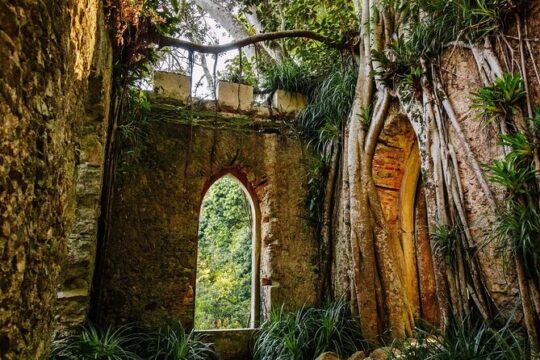

Sintra and Cascais Full Day Private Tuktuk Tour
US$224.79
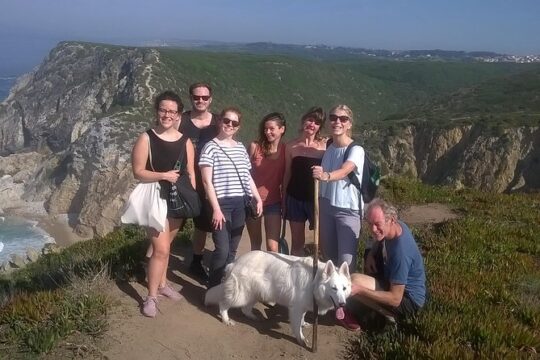
Sintra or Arrabida - Hiking the natural wonders of the Lisbon region
US$74.93

Travelers Who Bought This Tour Also Bought
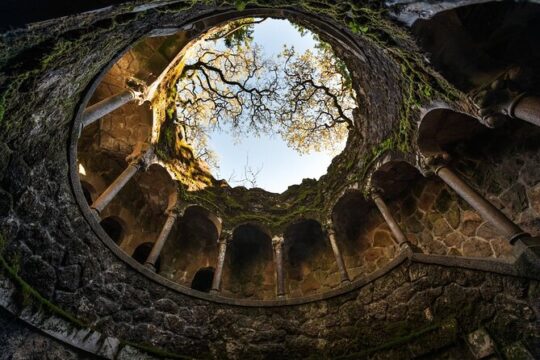
Half-Day Tour to discover Sintra, the Romantic Village
US$86.46
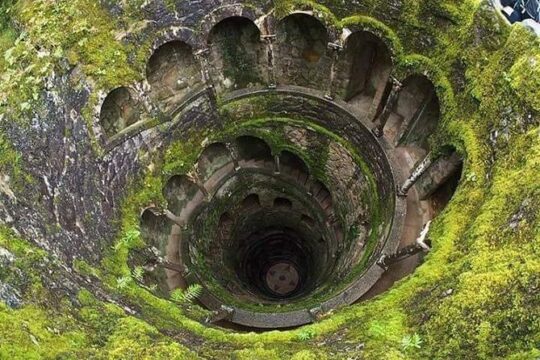
Sintra, Cabo da Roca and Cascais, Full Day Tour (8H)
US$109.51

